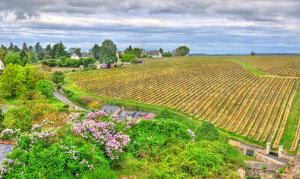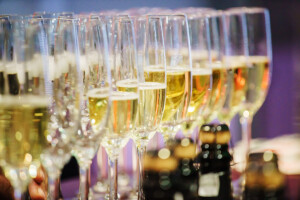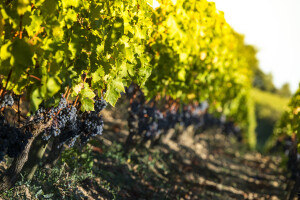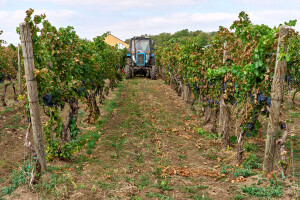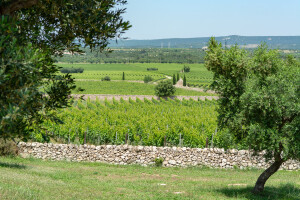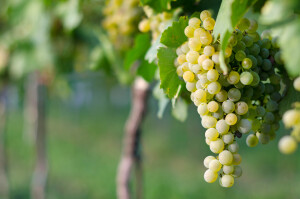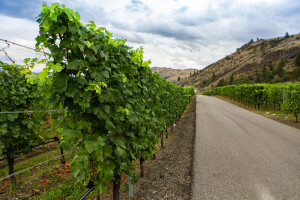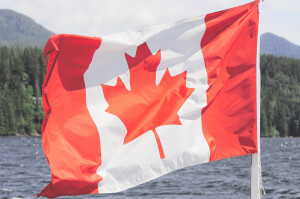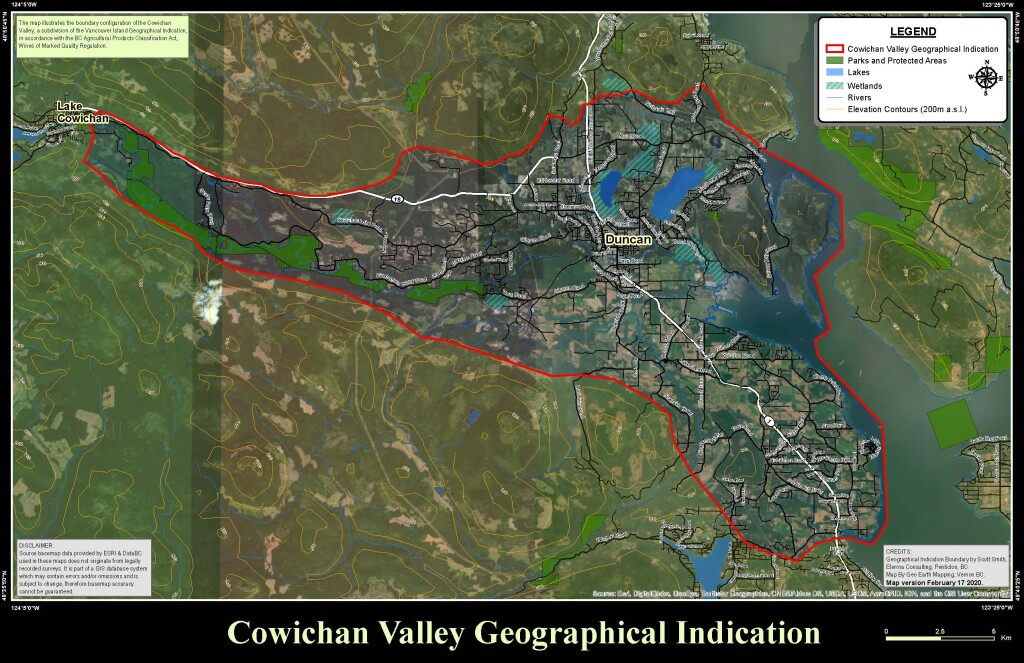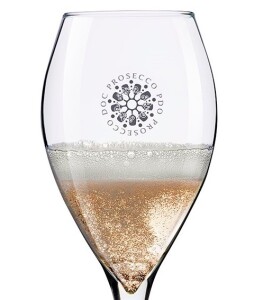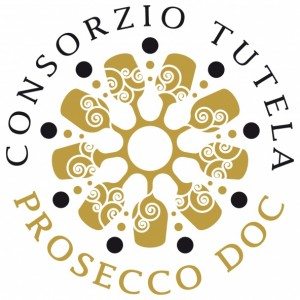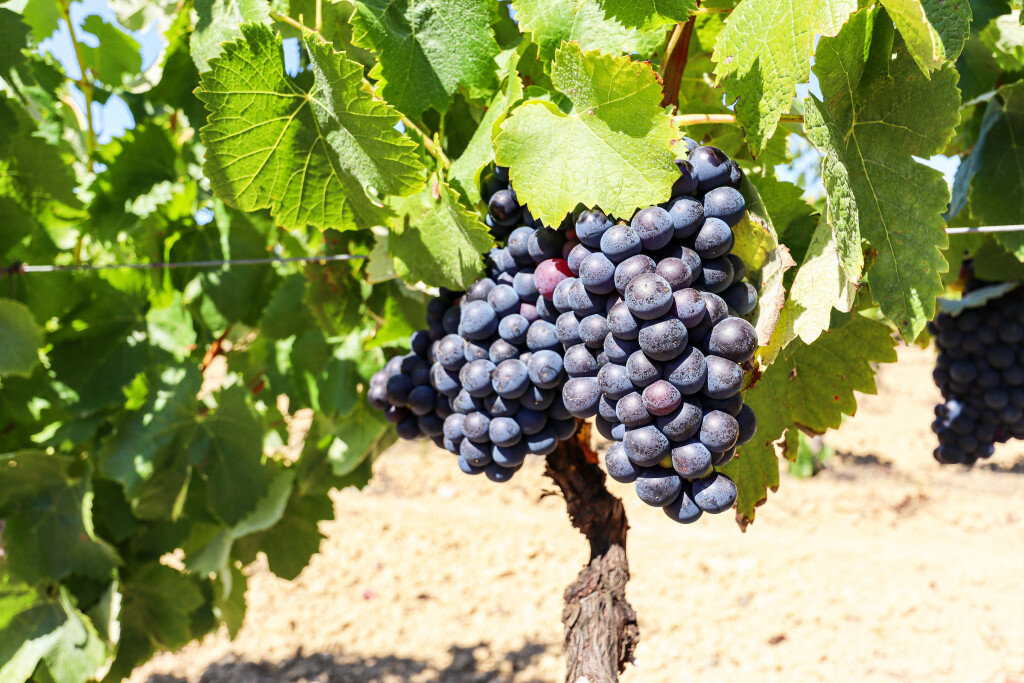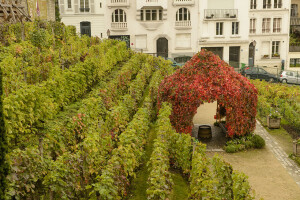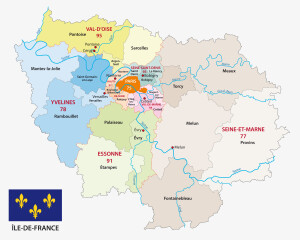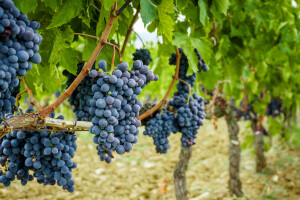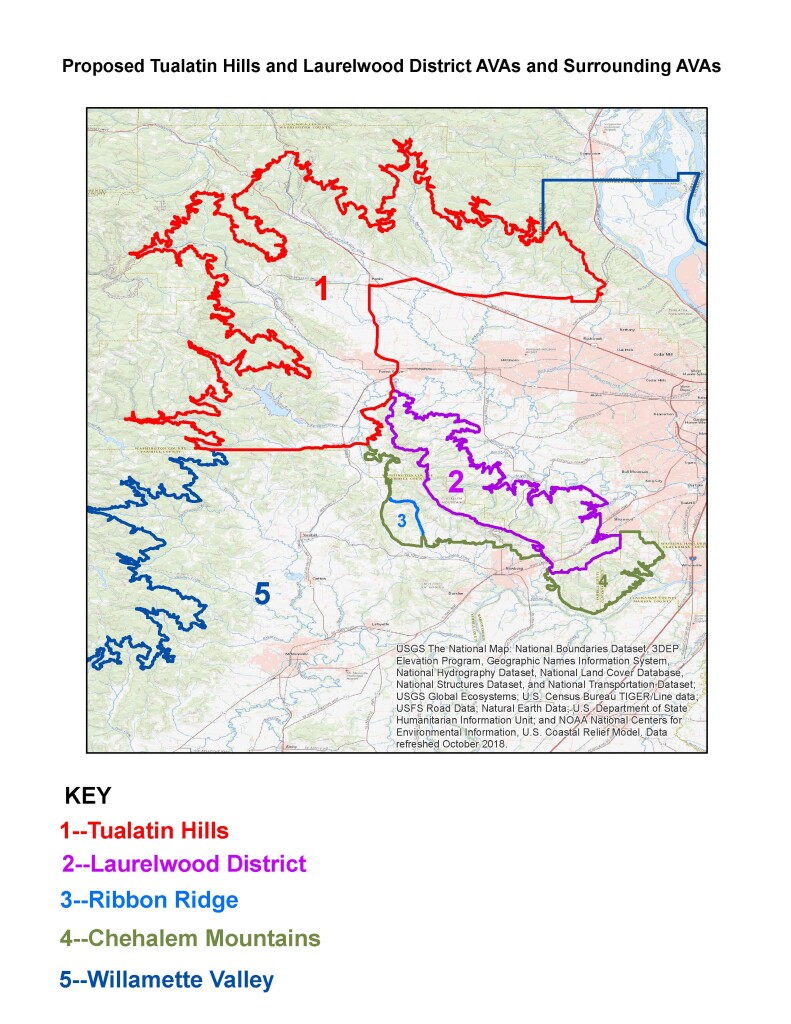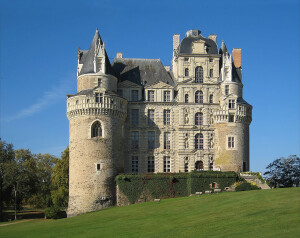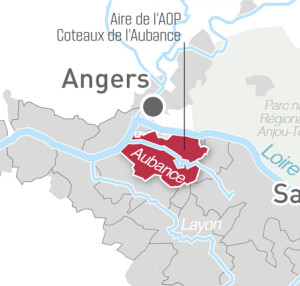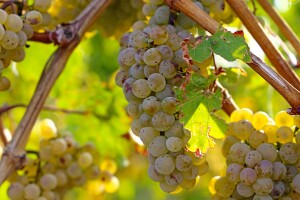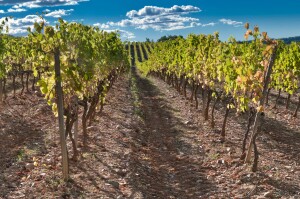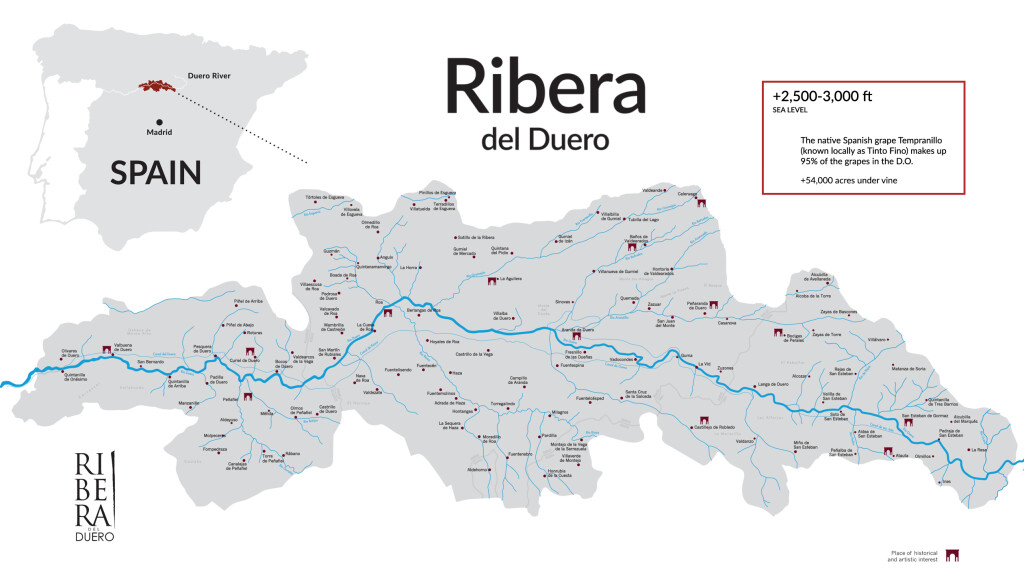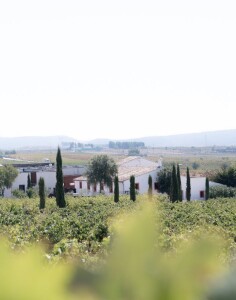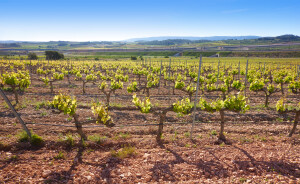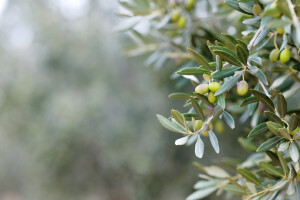It has been rumored for a while, and at long last (as of June of 2020) the Montlouis-sur-Loire AOC has been amended to include a style of sparkling wine produced via a variation of the methode ancestrale.
The methode ancestrale—a method of sparkling wine produced involving along, single, often interrupted, fermentation—is assumed to have been responsible for the earliest versions of sparkling wine ever produced. These early bubblies most likely involved a fortunate series of events and spontaneous fermentation. In modern times, wines made in this style of wine—including some styles of Limoux Mousseux and Clairette de Die—are produced in a few far-flung French AOCs. These have, until recently, remained quite obscure.
These days, sparkling wines produced using variations of the methode ancestrale have become trendy, and variations are produced all over the world. Some are pink, some are white, some are orange, and some are red. Some of these are referred to by the informal moniker of pétillant natural, or pét-nat—and you either love them or you hate them.
Amidst all of the trendy goings-on, the venerable Montlouis-sur-Loire AOC has been quietly producing sparkling wines using these old-fashioned, natural methods for quite a while. Now, the Cahier des Charges (official rules of the appellation) have been updated to define and include them in the list of wines approved for appellation-certified production.
The new version of the documentation includes the following rules and regulations for an “official” version of sparkling wines produced via a single fermentation—to be known as Vins Mousseux à Fermentation Unique. The standards include:
- 100% Chenin Blanc
- Mandatory hand-harvest
- Whole-cluster, gentle pressing, no de-stemming or pre-crushing allowed
- Natural yeast fermentation
- No sugar may be added at any time during processing/zero dosage
- Single fermentation: fermentation may begin inside a vat or a barrel, and the partially fermented must is bottled to “capture the foam”
- The wines spend a minimum of 9 months on the lees beofre disgorging.
- Note: despite the fact that many similar wines, including some of those referred as pét-nat, are bottled on the lees—the wines of the Montlouis-sur-Loire AOC must be disgorged before bottling
- 5 g/L maximum residual sugar
Montlouis-sur-Loire Vin Mousseux à Fermentation Unique AOC wines are described as having aromas of white-fleshed fruit and white flowers, accompanied by “elegant and creamy bubbles” as well as a rich texture—all due to the unique production process. These wines are intended to reflect the distinctive character of a particular place and time and as such, vintage dating is mandatory.
Note: I’ve seen many reports claiming that this is an “official” version of pétillant naturel wines. This statement could be interpreted as partially true (except for the issue with mandatory disgorgement). In addition, the term pétillant naturel is not a part of the Cahier des Charges.
References/for more information:
Post authored by Jane A. Nickles…your blog administrator: jnickles@societyofwineeducators.org
